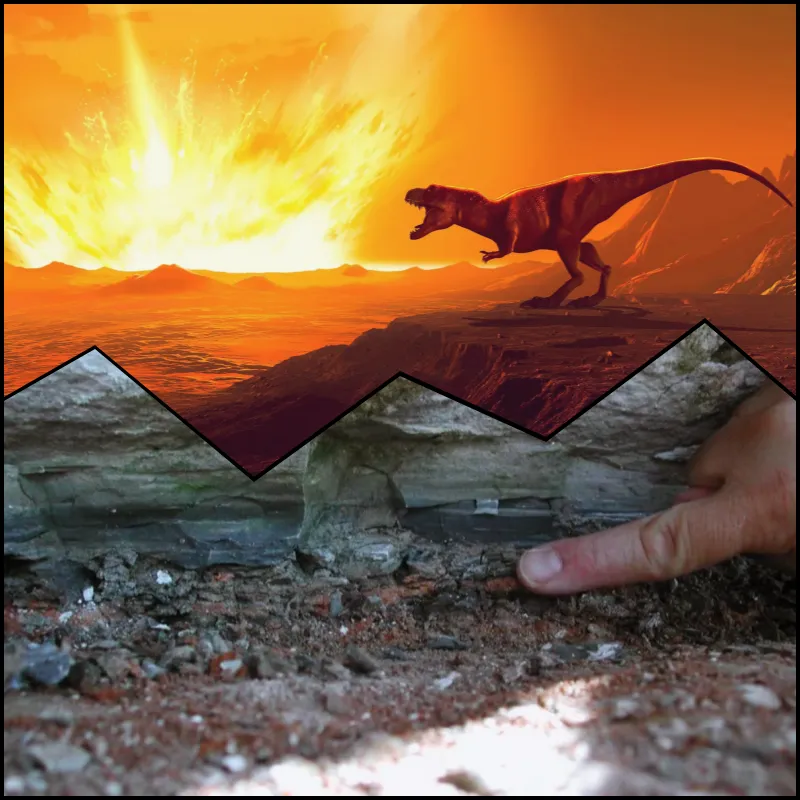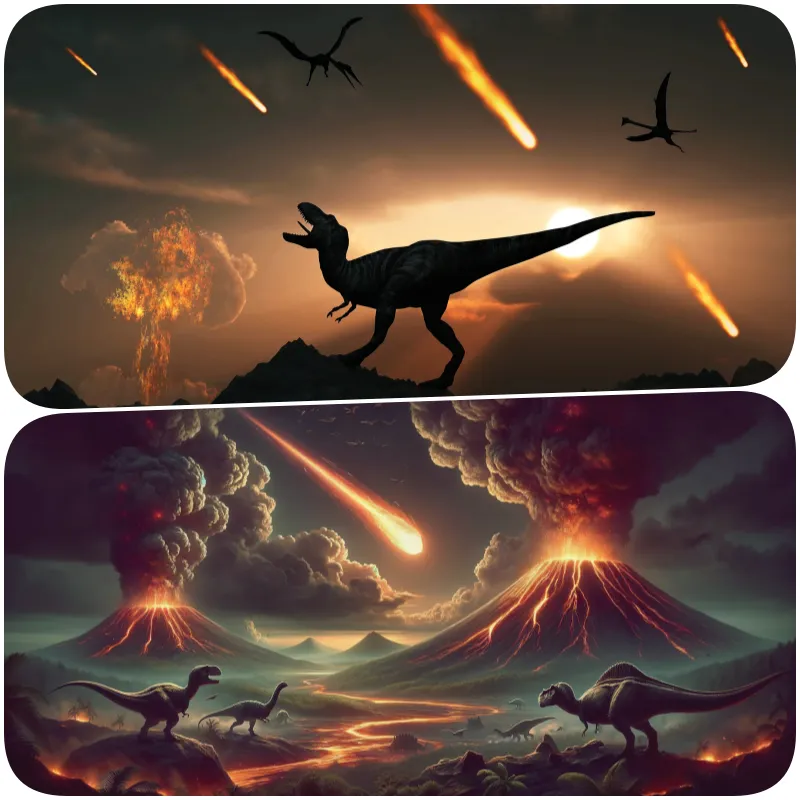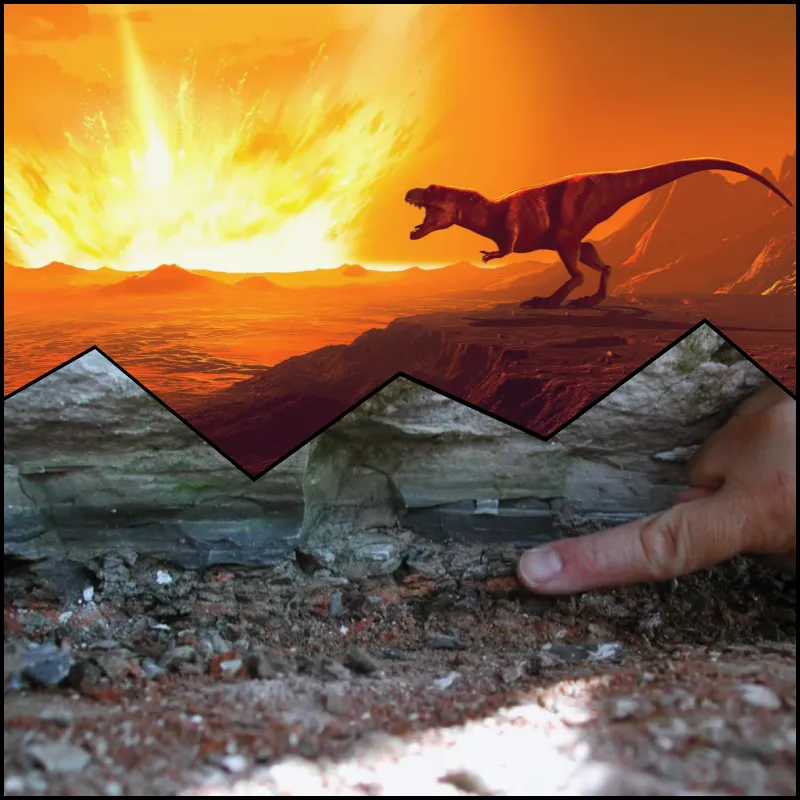
A new study reveals that the asteroid that led to the extinction of dinosaurs 66 million years ago came from the outer reaches of our solar system, near Jupiter, offering new insights into one of Earth’s most significant extinction events.
The cataclysmic event that wiped out three-quarters of Earth’s species, including the dinosaurs, 66 million years ago, has long fascinated scientists. Recent research published in the journal Science on August 15, 2024, sheds light on the origins of the infamous asteroid, suggesting it came from the outer edge of our solar system, near Jupiter.

As per the study, this massive carbon-rich asteroid, classified as a “C-type,” struck Earth at the end of the Cretaceous period, creating a colossal crater in what is now the Gulf of Mexico. This impact left a scar on our planet—an enormous crater 180 kilometers wide and 20 kilometers deep—where traces of the asteroid still exist. These remnants are rich in rare minerals, including iridium, ruthenium, osmium, rhodium, platinum, and palladium.
By analyzing the isotopic ratios of ruthenium found in the clay at the impact site, scientists discovered three isotopes that matched those found in other asteroids. This finding bolsters the theory that the asteroid, like others that have collided with Earth, originated from the asteroid belt, specifically a region rich in C-type asteroids.
Professor Mario Fischer-Gödde, the study’s lead author, stated, “Given that both C-type and S-type (silicon-rich) asteroids typically come from the asteroid belt, it is highly likely that the asteroid which struck Earth 66 million years ago had the same origin.”
Interestingly, the research also analyzed remnants of five other asteroids that impacted Earth between 37 million and 470 million years ago. All of these were found to be S-type, highlighting the rarity of C-type asteroid impacts.
The catastrophic collision that ended the age of dinosaurs also paved the way for the rise of mammals, ultimately leading to the emergence of humans around 300 million years ago. “Had the Cretaceous asteroid impact not occurred 66 million years ago, life on Earth would be vastly different today,” Fischer-Gödde remarked.
This new understanding of the asteroid’s origin provides deeper insight into the forces that have shaped life on Earth and underscores the profound impact celestial bodies can have on our planet’s history.




